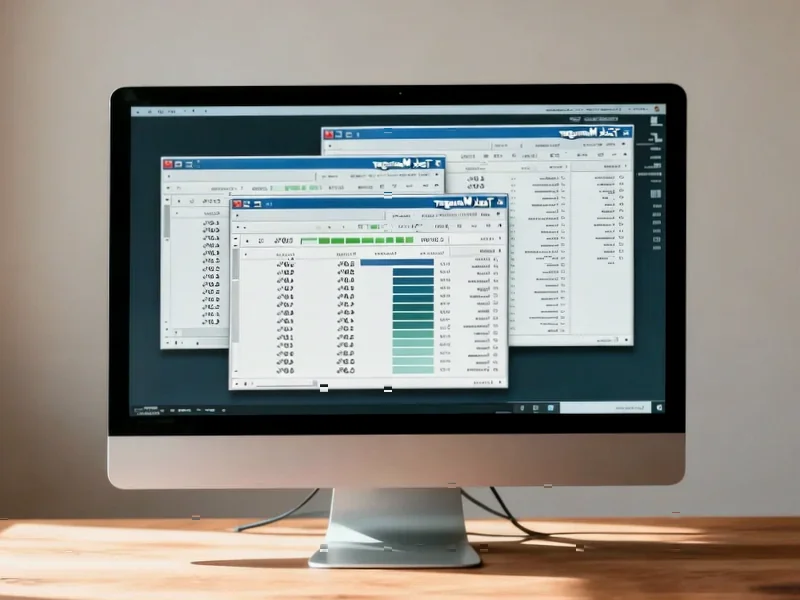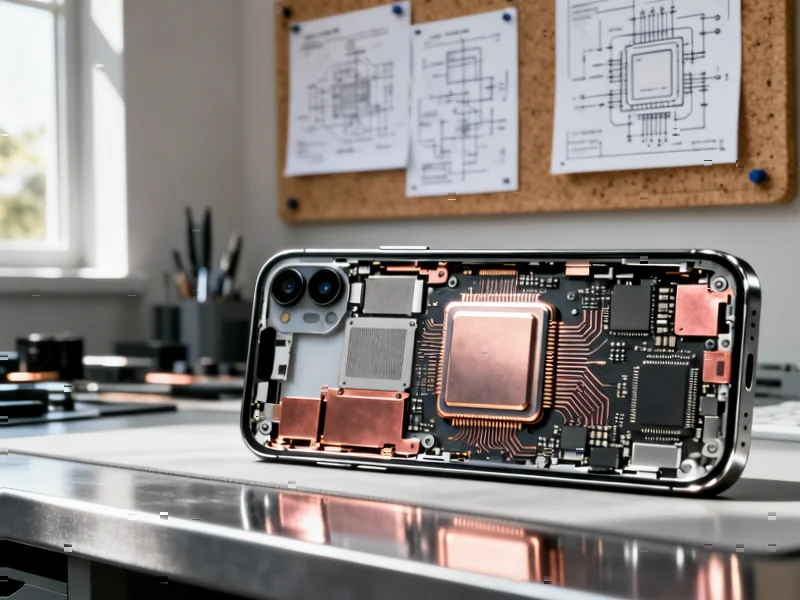According to HotHardware, Microsoft has finally resolved a long-standing Windows shutdown bug in the latest optional non-security update KB5067036. The issue, which has persisted since the early days of Windows 10, caused the “Update and shut down” option to actually reboot the system to desktop rather than powering off completely. The fix is exclusively available for Windows 11 users, arriving immediately after standard support for Windows 10 ended in October 2023. The update also includes extensive Copilot functionality enhancements and resolves File Explorer bugs, including the irritating folder view reset problem. This resolution of a nearly decade-old frustration raises important questions about Microsoft’s update priorities.
Strategic Timing or Coincidence?
The timing of this fix is remarkably convenient for Microsoft’s Windows 11 adoption goals. With Windows 10 now in extended support until 2025 but receiving only security updates, this quality-of-life improvement becomes an exclusive Windows 11 feature. This creates a subtle but effective incentive for users still clinging to Windows 10 to upgrade. Microsoft has historically used feature differentiation to drive OS adoption, but withholding a fix for a universally frustrating bug that existed in both operating systems represents a new level of strategic positioning. The company’s Windows 10 end-of-support timeline suddenly looks more like a feature gate than a security boundary.
What This Reveals About User Experience Priorities
This nearly decade-long delay in fixing a simple but universally annoying bug speaks volumes about Microsoft’s user experience prioritization process. While the company has invested heavily in AI features like Copilot and major UI overhauls, fundamental workflow interruptions persisted for years. The shutdown-reboot discrepancy represents exactly the kind of quality-of-life issue that erodes user trust over time. Microsoft’s own Windows update documentation consistently prioritizes flashy new features over these foundational improvements, suggesting a product development culture that values marketable innovations over daily usability.
The Technical Debt Reckoning
This shutdown bug’s longevity highlights the massive technical debt accumulating in Windows codebase. A core system function behaving incorrectly for nearly a decade suggests either architectural complexity that made fixing it risky or insufficient testing resources allocated to basic user workflows. Microsoft’s recent focus on Windows Insider testing programs hasn’t prevented these persistent issues from surviving multiple major version updates. The fact that this fix arrives in an optional update rather than a mandatory security patch further demonstrates Microsoft’s risk-averse approach to modifying fundamental system behaviors, even when they’re clearly broken.
Broader Implications for Windows Ecosystem
This pattern of delayed quality fixes has significant implications for enterprise IT departments and hardware manufacturers. The inconsistent shutdown behavior has caused real-world problems for laptop battery life, gaming handheld performance, and energy consumption in power-sensitive environments. Manufacturers designing devices around Windows’ expected behaviors have had to work around this known issue for years. The selective fixing also raises questions about what other long-standing Windows quirks might remain unresolved for Windows 10 users, creating a fragmented experience across Microsoft’s still-dominant desktop ecosystem.
The Road Ahead for Windows Quality
While this fix is welcome, it represents a concerning pattern of addressing user experience issues only when they align with strategic business objectives. Microsoft’s increasing focus on AI and cloud integration risks further neglecting these fundamental quality-of-life improvements. The company needs to demonstrate that it can balance innovation with maintaining the reliability of core system functions that users depend on daily. Otherwise, each new feature announcement will be met with skepticism from users who remember the years they spent dealing with basic system functions that didn’t work as advertised.




